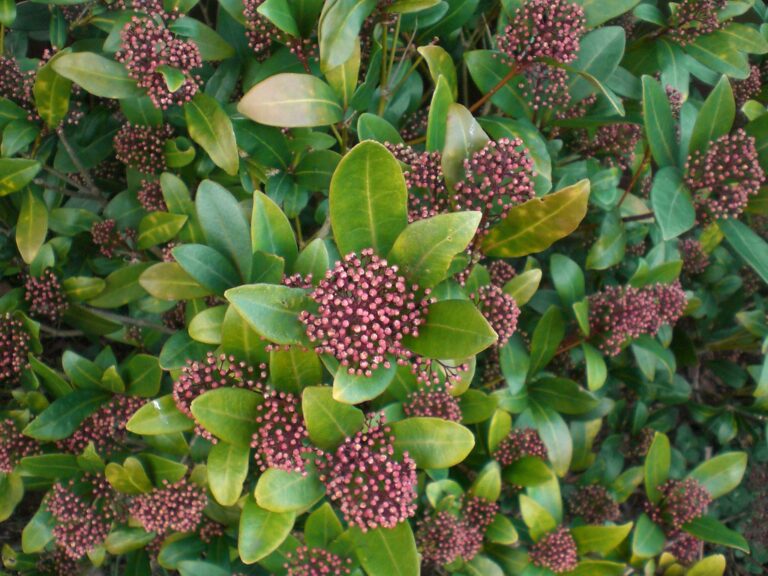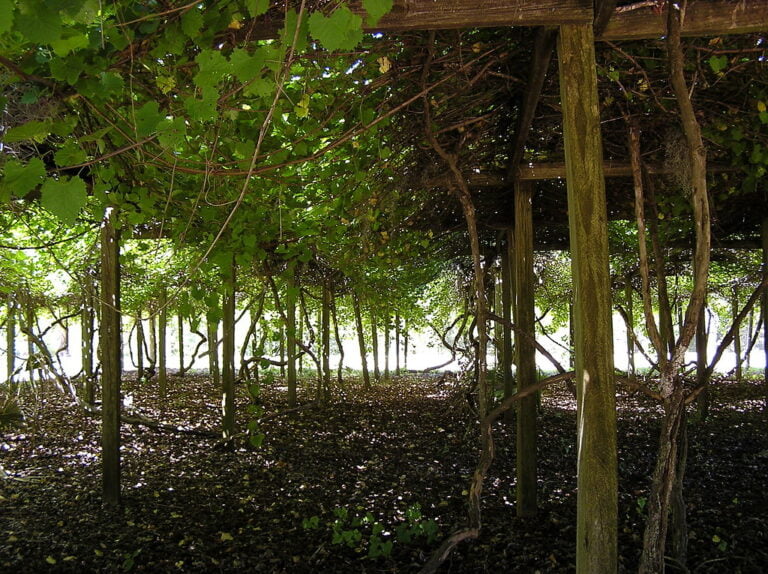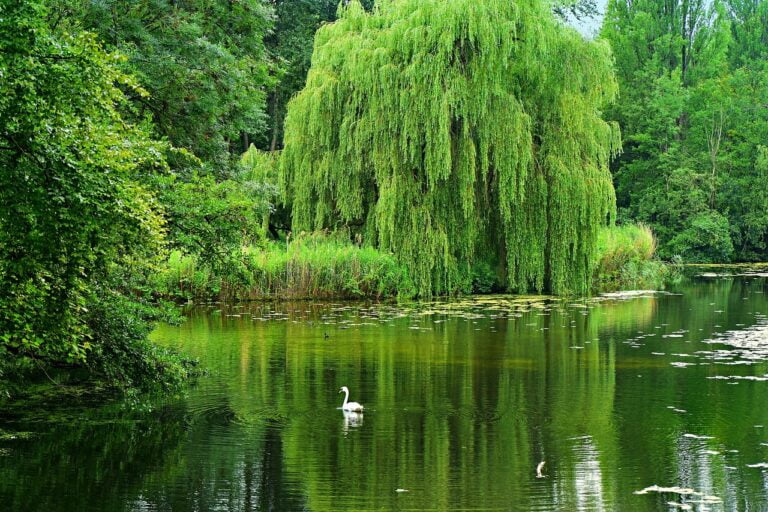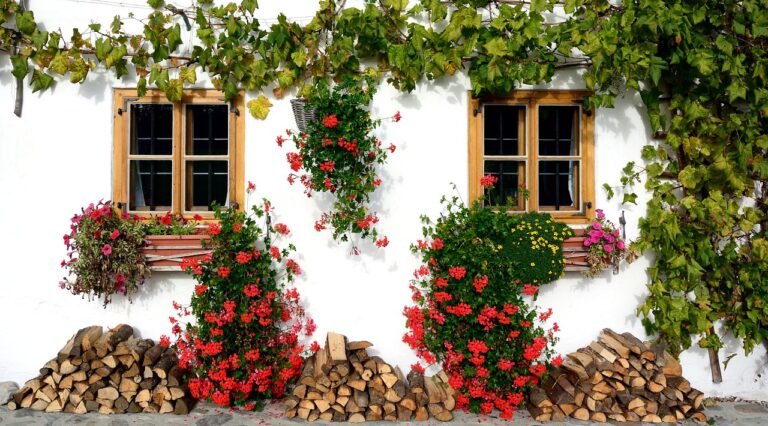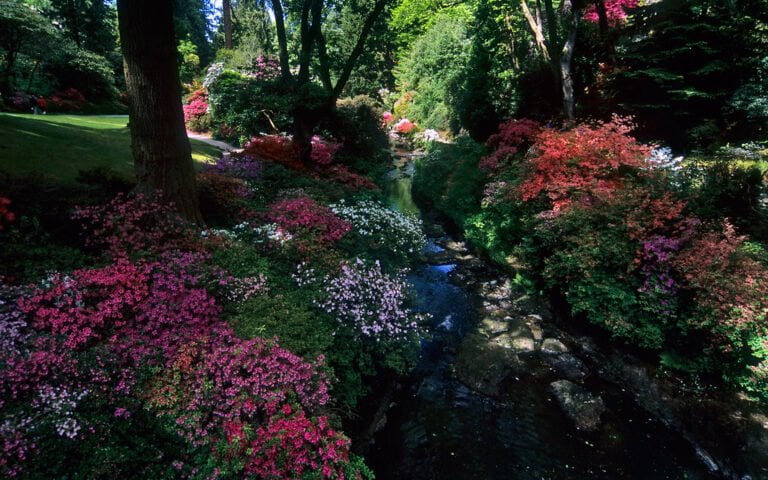Best Plants for North-Facing Windows
Looking for the best plants for your north-facing windows? You've come to the right place! Discover a variety of low-light loving plants that thrive in the shade. Whether you're a beginner or an experienced gardener, you'll find easy-to-maintain options that are perfect for your windows. Want to add a splash of color? We've got you covered with flowering plants that will brighten up your space. Plus, we'll even share tips to help you care for your plants and keep them healthy.
Understanding North-Facing Windows
Understanding the unique qualities of your north-facing windows is crucial for successfully choosing and caring for plants that thrive in lower light conditions. North-facing windows receive the least amount of direct sunlight throughout the day, making them ideal for shade-loving plants. These windows are usually cooler and experience less temperature fluctuations compared to windows facing other directions. As a result, plants near north-facing windows may require less watering and are less likely to become stressed from extreme heat or cold. It is important to assess the amount of indirect light that enters your space and choose plants accordingly. Look for plants that are labeled as "low light" or "shade-tolerant" to ensure their ability to thrive in this type of environment.
Benefits of Shade Gardening
To maximize the potential of your north-facing windows, embrace the benefits of shade gardening. Shade gardening refers to planting and cultivating plants that thrive in low-light conditions. While many plants require direct sunlight to grow, there are numerous benefits to gardening in the shade. First and foremost, shade gardening allows you to utilize spaces that may not receive direct sunlight throughout the day. This is especially beneficial if you have limited outdoor space or if your windows face a building or tall trees that block the sun. Shade gardening also helps to conserve water, as plants in shaded areas tend to require less watering. Additionally, shade gardens are often cooler and retain moisture better, reducing the need for frequent watering. By embracing shade gardening, you can create a lush and beautiful garden even with limited sunlight.
Factors to Consider for North-Facing Windows
When considering plants for your north-facing windows, it is important to take into account several factors. One of the most crucial factors is the amount of light that reaches the window. North-facing windows typically receive the least amount of direct sunlight, so it is important to choose plants that can thrive in low light conditions. Another factor to consider is the temperature near the window. North-facing windows tend to be cooler than windows facing other directions, so you should choose plants that can tolerate lower temperatures. Additionally, it is important to consider the size and shape of the window. Some plants may require more vertical space, while others may need more horizontal space. By considering these factors, you can select the best plants for your north-facing windows and create a thriving indoor garden.
Low-Light Loving Plants for North-Facing Windows
If you have north-facing windows, you can successfully grow low-light loving plants. These plants are perfect for areas with limited sunlight, making them an ideal choice for your north-facing windows. One excellent option is the ZZ plant (Zamioculcas zamiifolia). It can tolerate a wide range of lighting conditions and thrives in low-light settings. Another great choice is the snake plant (Sansevieria trifasciata). This resilient plant can withstand low-light conditions and even neglect. The pothos (Epipremnum aureum) is also a fantastic choice for north-facing windows. It can tolerate low light, making it perfect for brightening up a dark corner. Lastly, the peace lily (Spathiphyllum) is a beautiful plant that can thrive in low-light environments. It also helps purify the air, making it a great addition to any space. With these low-light loving plants, you can transform your north-facing windows into a vibrant and green oasis.
Easy-to-Maintain Plants for North-Facing Windows
You can easily maintain a few plants in your north-facing windows. When choosing easy-to-maintain plants, it's important to consider their tolerance for low light conditions. One great option is the snake plant, also known as Sansevieria. It thrives in low light and requires minimal watering. Another low-maintenance plant is the ZZ plant, which can tolerate neglect and still thrive. It has thick, dark green leaves that add a touch of elegance to any space. Pothos is another easy-to-care-for plant that can tolerate low light conditions. It has trailing vines that can be trained to climb or left to hang. Lastly, the peace lily is a beautiful plant that can thrive in low light and requires minimal care. By choosing these easy-to-maintain plants, you can enjoy the beauty of nature even in your north-facing windows.
Air-Purifying Plants for North-Facing Windows
To continue exploring the best plants for north-facing windows, let's now focus on the air-purifying plants that are ideal for these light conditions. When it comes to improving air quality and creating a healthy environment in your home, these plants are your best bet. One such plant is the Peace Lily, known for its ability to remove toxins like formaldehyde and benzene from the air. Another excellent choice is the Spider Plant, which effectively filters out common indoor pollutants like carbon monoxide and xylene. The Boston Fern is also a great option, as it not only adds beauty to your space but also helps to eliminate harmful substances such as formaldehyde and xylene. Lastly, the Chinese Evergreen is a low-maintenance plant that excels at purifying the air by removing toxins like benzene and formaldehyde. By incorporating these air-purifying plants into your north-facing windows, you can enjoy cleaner and fresher air in your home.
Flowering Plants for North-Facing Windows
Now let's explore the selection of flowering plants that thrive in the light conditions of north-facing windows, continuing the discussion on ideal plants for these windows. When it comes to choosing flowering plants for north-facing windows, it's important to find varieties that can thrive with limited sunlight. One great option is the African violet (Saintpaulia), which produces beautiful clusters of purple, blue, or white flowers and can tolerate low light conditions. Another option is the Peace Lily (Spathiphyllum), known for its elegant white flowers and ability to purify the air. The Begonia is another excellent choice, with its vibrant blooms in shades of red, pink, orange, and white. Lastly, the Snake Plant (Sansevieria) is a low-maintenance option that produces tall spikes of small white flowers. These flowering plants will bring beauty and color to your north-facing windows, even with limited sunlight.
Succulents and Cacti for North-Facing Windows
For north-facing windows, consider adding succulents and cacti to bring a touch of low-maintenance greenery. These resilient plants thrive in bright, indirect light, making them ideal for spaces that don't receive direct sunlight. Succulents, such as aloe vera, jade plant, and echeveria, have fleshy leaves that store water, enabling them to withstand longer periods without watering. Cacti, like the popular prickly pear, barrel cactus, and Christmas cactus, have adapted to arid conditions and can go weeks without water. These plants not only add visual interest with their unique shapes and textures but also offer air-purifying benefits, making them perfect for improving indoor air quality. Remember to place them near the window to maximize the available light and rotate them occasionally for even growth. With their minimal care requirements, succulents and cacti are excellent choices for those seeking hassle-free greenery for their north-facing windows.
Edible Plants for North-Facing Windows
Consider adding a few edible plants to your north-facing windows to bring fresh flavors into your home. While north-facing windows receive less direct sunlight, there are still several delicious options that can thrive in these conditions. One such plant is the leafy green lettuce, which is perfect for salads and sandwiches. Another great choice is the versatile herb, mint, which can be used in teas, cocktails, and culinary dishes. If you're a fan of fresh, tangy flavors, try growing some juicy tomatoes or zesty peppers. For those with a sweet tooth, strawberries can be a delightful addition to your north-facing windowsill. Lastly, don't forget about aromatic herbs like parsley and chives, which can elevate the taste of any dish. With these edible plants, you can enjoy the satisfaction of growing your own food and enhancing your meals with homegrown flavors.
Tips for Caring for Plants in North-Facing Windows
To care for plants in north-facing windows, you can start by using an artificial light source to supplement the limited sunlight. North-facing windows receive the least amount of direct sunlight, so it's important to provide your plants with additional light. Choose a full spectrum grow light that mimics natural sunlight and place it close to the plants to ensure they receive enough light intensity. It is also crucial to monitor the moisture levels of the soil as plants in north-facing windows may not dry out as quickly as those in sunnier spots. Water your plants when the top inch of soil feels dry, but be careful not to overwater them. Additionally, it is recommended to rotate your plants regularly to ensure even growth, as they will naturally lean towards the light. By following these tips, you can help your plants thrive in north-facing windows.
Conclusion
In conclusion, when it comes to selecting plants for north-facing windows, it is important to choose low-light loving plants that are easy to maintain. Additionally, flowering plants can add a pop of color to your space, while succulents and cacti are ideal for their ability to thrive in low-light conditions. If you are looking to grow your own food, there are also edible plants that can thrive in north-facing windows. By considering these factors and following the proper care tips, you can create a thriving indoor garden in your north-facing window.

